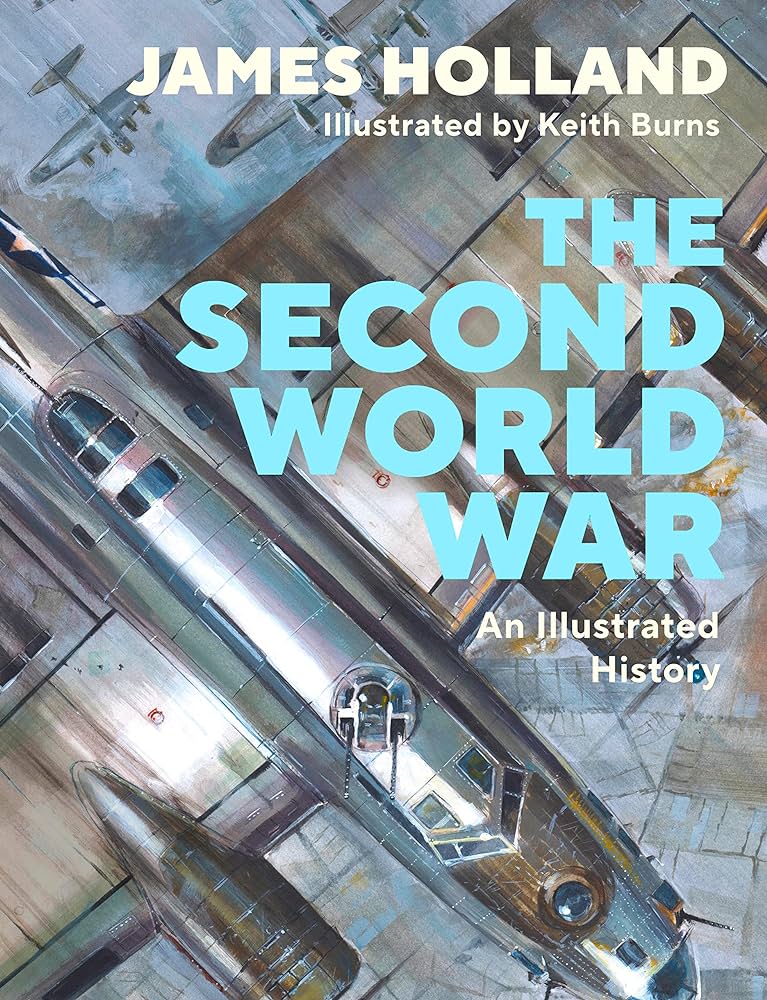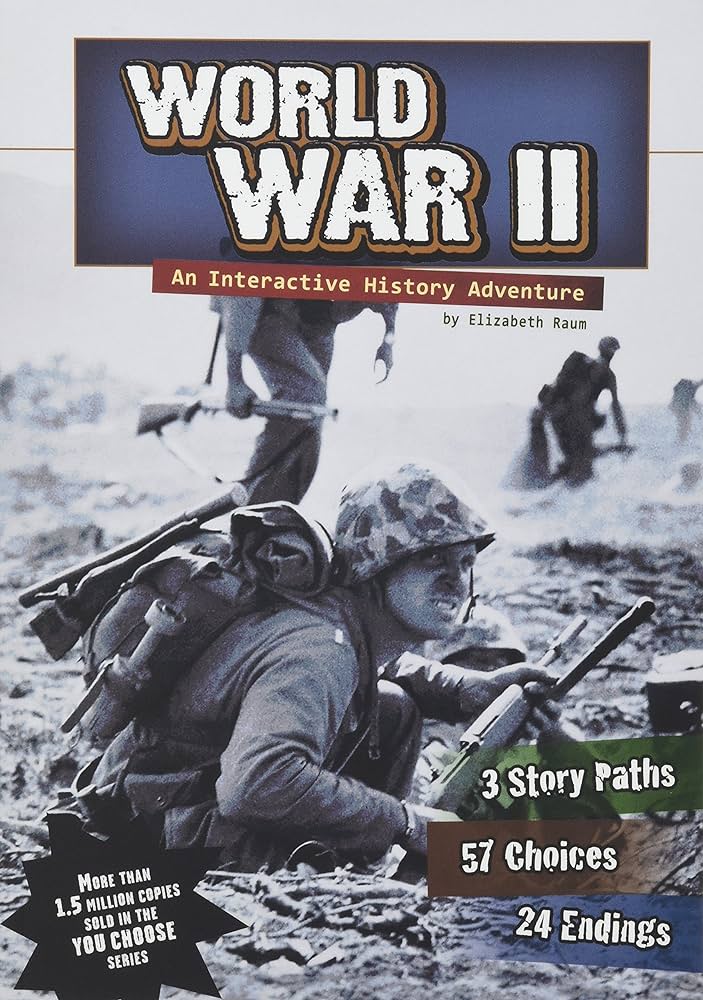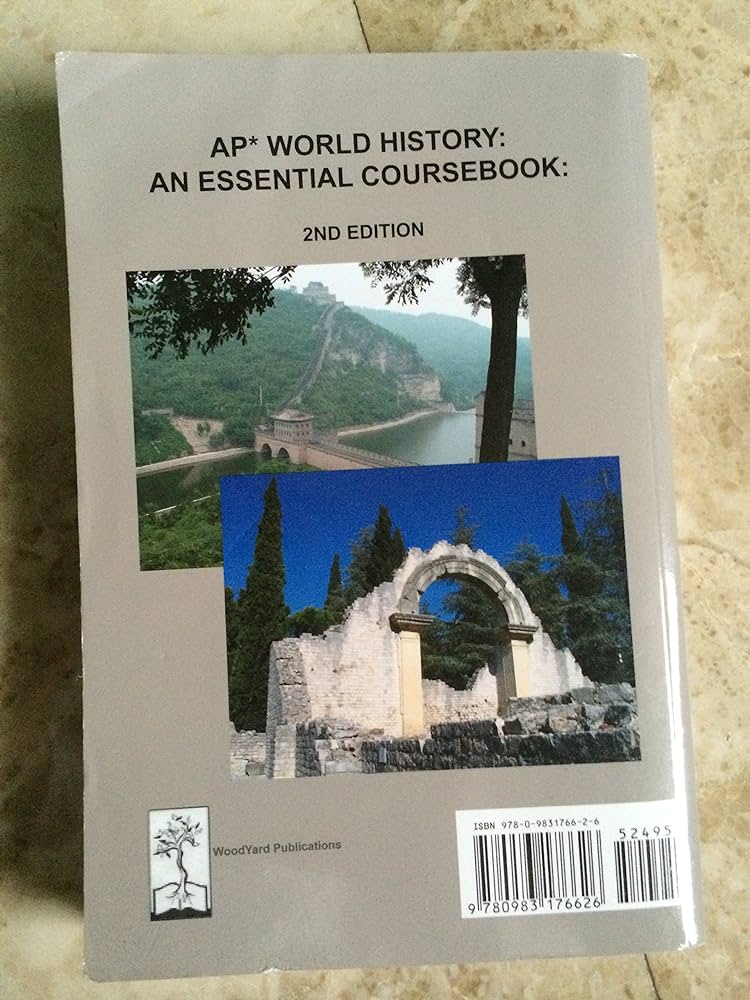World War Ii An Illustrated History
World War II: An Illustrated History is an in-depth look at one of the most important and catastrophic wars of the twentieth century. This book explores the causes, the battles, and the aftermath of World War II, making extensive use of photographs, maps, and other illustrations to bring this turbulent period to life. Through this visual history, readers can gain an understanding of the global context of the conflict, the strategies employed by the various nations, and the human cost of war. With its vivid storytelling and thought-provoking analysis, World War II: An Illustrated History is an essential resource for anyone interested in this crucial moment in history.
Section 1: Overview of World War II
World War II was a global conflict that lasted from 1939 to 1945 and spanned many countries across the world. It was the most destructive war in history, with an estimated 70 million fatalities, and is considered one of the defining events of the 20th century. It began with Germany’s invasion of Poland in September 1939, and the nations of the world were quickly pulled into the war. The Allies, led by the United Kingdom, United States, and the Soviet Union, fought against the Axis powers, consisting of Germany, Italy, and Japan.
The war saw tremendous technological advancements, with the use of atomic weapons and other advances in military technology, as well as new strategies in warfare. The war also had a significant impact on the economies of the countries involved, and the effects of the war are still felt today. In this article, we will explore the causes, major events, and outcomes of the war, as well as how it changed the world.
Section 2: Causes and Events Leading up to the War
World War II was the most devastating conflict in human history, and its origins are complex and varied. In this section, we will explore the causes and events that led to the start of the war and the devastating effects it had across the globe. Going back to the late 19th century, we will analyze the effects of the Industrial Revolution, the establishment of the German Empire, and the rise of militarism. We will also look at the failed attempts at peace, the signing of the Treaty of Versailles, the occupation of the Rhineland, and the Munich Agreement. Finally, we will examine how Hitler’s quest for power ultimately led to the beginning of the war in Europe. By the end of this section, readers will have a comprehensive understanding of the factors that set the stage for World War II.
Section 3: Major Allied and Axis Powers Involved
World War II was one of the deadliest conflicts in history, with more than 50 million people killed. It was fought between the major Allied and Axis powers, who were divided into two distinct military alliances: the Allies and the Axis. This section focuses on the major powers involved in the war, from the United States and the Soviet Union on the Allied side to Germany and Japan on the Axis. Each of these countries had their own strategic objectives, and their involvement in the war had a significant impact on the overall outcome.
The United States was the primary Allied power, supplying significant economic and military resources to the Allied side. The Soviet Union was also a major contributor, providing a vast array of materiel and manpower. On the Axis side, Germany was the primary aggressor, leading its Axis partners in an aggressive campaign that sought to expand its territory and achieve world domination. Japan, meanwhile, was a major player in the Pacific Theater, where it sought to expand its influence and control over the region.
This section will provide an in-depth look at the major Allied and Axis powers involved in World War II, including their strategic objectives, the resources they brought to bear, and their impact on the war’s outcome. It will also examine how the war shaped the modern world, and how the lessons learned from the conflict continue to influence global politics today.

Section 4: Major Battles and Turning Points
World War II was a conflict of global proportions, encompassing numerous theaters and involving multiple armies. It was a war of shifting momentum and power struggles, with major battles and turning points that changed the course of history. In this section, we’ll explore some of the key battles and campaigns of the war, from the early German invasions of Poland and France, to the decisive Allied campaigns in Africa, Europe, and the Pacific.
The Battle of Britain was a crucial turning point in the war, as the British Royal Air Force managed to repel the German Luftwaffe, bringing an end to the German air campaign against Britain. The Battle of Midway was another major turning point, as the U.S. Navy managed to sink four Japanese aircraft carriers, thus turning the tide of the Pacific War.
In Europe, the Battle of Stalingrad was a major turning point in the war, as the Soviets managed to halt the German advance and eventually drive the Germans out of the city. The Battle of Kursk was another pivotal battle, as the Soviets managed to repel a massive German armored offensive and turn the tide of the war in the East.
The Normandy landings, commonly known as D-Day, marked the beginning of the Allied invasion of Nazi-occupied Europe, and is widely considered to be the start of the end of the war. Finally, the atomic bombings of Hiroshima and Nagasaki brought an end to the war, as Japan was forced to surrender after the devastating power of the atomic bombs. These battles and turning points helped shape the course of the war and the world as we know it today.
Section 5: Impact of the War on People and Nations
World War II had a profound and lasting impact on people and nations around the world. The war brought about immense destruction, displacement, and death, but also ushered in a new era of social, political, and economic change. This section examines the multifaceted impacts of WWII on people and nations across the globe.
The war’s death toll was immense, with an estimated 75 million people killed in combat, from disease, or from other causes. Millions were displaced and had to flee their homes. For those who remained, life was often dangerous and difficult, complicated by rationing, shortages, and other wartime hardships.
The war also completely reshaped the political landscape in Europe and Asia. The European colonial empires of the late 19th century were dismantled, new nations were created, and the United States and Soviet Union emerged as the two primary superpowers of the post-war world.
The economic and social implications of the war were also far-reaching. The devastation left behind by the war and the ensuing rebuilding efforts created a host of new job opportunities. Women, in particular, experienced greater economic and social autonomy than ever before, as they stepped into roles previously held by men.
The effects of World War II, both positive and negative, continue to be felt to this day. While its legacy lives on, it is important to remember the human cost of this global conflict.
Section 6: Legacy of World War II
World War II left a lasting legacy on the entire world. It changed the geopolitical landscape, altered the course of international relations, and generated new technologies. Over time, the impact of the war has widened from its political, economic, and social repercussions to its legacy in films, literature, and art.
The war continues to influence popular culture today and is remembered through a variety of mediums. Films, such as Saving Private Ryan and The Imitation Game, showcase the courage of those who fought and remember the sacrifices made. Literature, such as All Quiet on the Western Front and The Red Badge of Courage, explores the war’s impact on individuals. Art, such as Robert Capa’s photography and Pablo Picasso’s Guernica, capture the horrors of the war.
The effects of World War II are still felt today, especially in the form of new technologies. The period saw the development of the atomic bomb, radar, jet engines, and advances in medicine. All of these inventions have had an enormous impact on the modern world, and continue to shape our society.
World War II was a defining moment in history. Its legacy continues to shape our global society and will remain a part of our collective memory for years to come.
FAQs About the World War Ii An Illustrated History
1. What is the scope of the book?
A: World War II An Illustrated History covers the entire course of the war, from the rise of the Third Reich in the 1930s to the Allied victory in the 1940s. It provides an in-depth look at the battles, politics, people, and events of the conflict.
2. Does the book provide an account of all the countries involved in the war?
A: Yes, the book provides a comprehensive account of the countries involved in the war, including the major powers such as the United States, the United Kingdom, Germany, Japan, and the Soviet Union, as well as the lesser powers such as Italy, France, and China.
3. Are there illustrations in the book?
A: Yes, World War II An Illustrated History features a wide variety of illustrations, photographs, and maps to help illustrate the events of the war.
Conclusion
World War II: An Illustrated History is an excellent resource for anyone looking to learn more about the events of the Second World War. It covers the major battles, campaigns, and personalities of the war in detail, with informative and engaging illustrations. It also provides an interesting overview of the war’s impact on society and culture, both during and after the conflict. Whether for educational purposes or to gain a better understanding of the war’s impact on the world, World War II: An Illustrated History is an invaluable resource.




